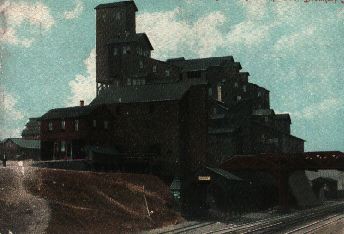
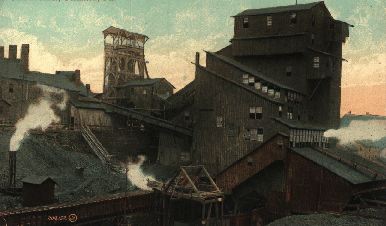
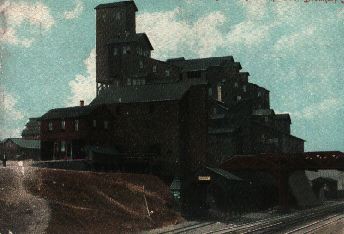
The huge surealistic buildings are called Coal Breakers...
and that was their purpose. They broke down the large
sized pieces of coal into various sizes needed for commerce.
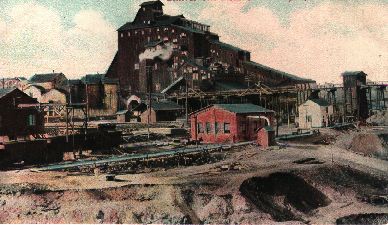
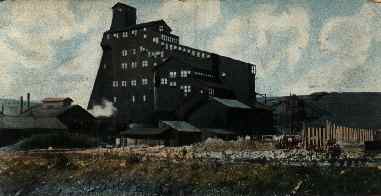
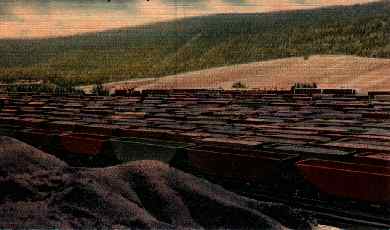
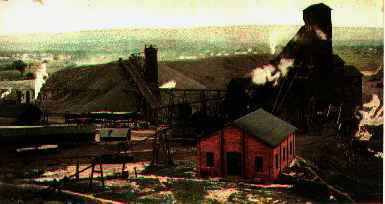
| KEYWORDS | |
SCRANTON POCONO REGION



The huge surealistic buildings are called Coal Breakers...
and that was their purpose. They broke down the large
sized pieces of coal into various sizes needed for commerce.




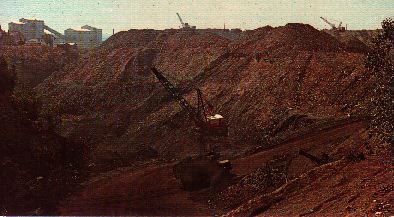
The Anthracite Strike of 1902 was one of the great events in American labor history. The well intentioned Sherman Anti-Trust act of 1890 prohibited "combination in restraint of trade" which was written to stop industrial monopolies, but was used more against unions until 1902. Those who fought the unions with violence were mostly not punished. In 1897 in Lattimer the sheriff of Luzerne County had his men shoot into a crowd of protesting miners. They wounded 49 men and killed 19 and yet no one was ever put to trial. All levels of government as well as the Roman Catholic Church were adamantly opposed to union organization. Rome even had a ban against union membership until thanks to the urging of Cardinal Gibbons of Baltimore and Bishop Hoban of Scranton. All this would change under the leadership of one John L. Mitchell who became the 5th president of the United Mine Workers in 1899 at the young age of 29. He won a 10% pay increase. Then asked a 20% increase, an eight hour day and other improvements. Hence the strike of 1902 It turned out to be the longest strike in the history of coal mining. It was the largest and longest labor action in the world up until that time and the most important strike in American history. It laid the foundation for the entire labor movement in the United States. There is a monument to his memory in front of the Lackawanna Courthouse in downtown Scranton.
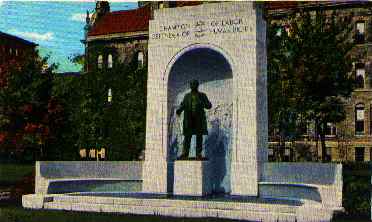 ...
...
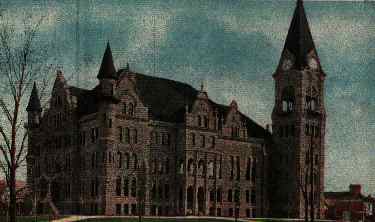
The owners of the mines called themselves "Christian men to whom God in His infinite wisdom had give control of the property interests in this country!" It was these same coal barons that did not allow Henry Ford to bring the automobile industry to Scranton, that would have changed the course of history for the city. The workers sustained a $25 million dollar loss, an unthinkable amount of money in those days. President Roosevelt had to force the owners to sit down face to face with Mitchell. Never before had a president been forced to step in to help solve such a situation. Mitchell won many concessions and it was the most important union success in history. Scranton's Courthouse Square has the typical monuments to presidents and soldiers, but the largest of all is the monument dedicated to the memory of John Mitchell.
All manner of legislation would be passed to protect miners including a law that made it necessary for every mine foreman to take long difficult tests of their knowledge of mining procedures and regulations. The one book that had all the information they need to study was written by Thomas J. Foster from Scranton. He was so successful that he set up a correspondence school for miners. In 1901 he merged with his publisher and International Correspondence Schools was born. Most people who see ads in the back of magazines, comic books and Sally Struthers on TV do not realize that the ICS is located in Scranton, and has had millions of mail order students from throughout the world.
Pictures of Miners and their families, who all worked and were dependant on the mines.
An actual underground tour of an old mine is available to visit while in the Pocono Mountain Region.